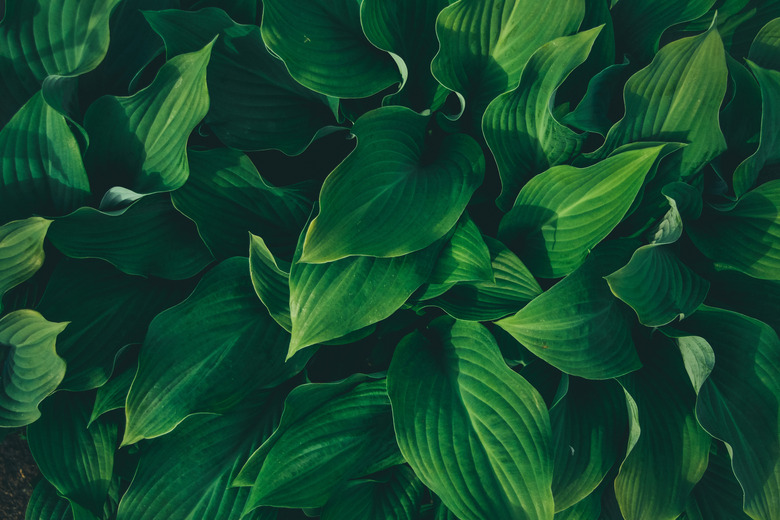Six Basic Parts Of A Plant
Have you ever wondered what makes a plant tick? Plants play an important role in the ecosystem of our planet, so it is to our benefit to understand more about how they work. The first thing we know about what makes a plant tick is that most of them have a basic structure made up of six parts, all of which work in unison to help the plant function. These parts of plants include roots, stems, leaves, fruit, flowers and seeds. Learning about how each of these parts interact with each other leads to important insights about how plants live.
The Role of Roots
The Role of Roots
Roots are a vital part of a plant's structure that play a critical role in its ability to both survive and thrive. No matter what environment the plant happens to be growing in, roots help to anchor it into the ground and hold it in place. Roots also absorb water and minerals that serve as fuel and help the plant grow. They have small hairs that extend from the main roots and help with absorption. Roots even serve as a storage room of sorts for carbohydrates and sugars that the plant may need in the future.
Not all roots are the same. Some plants like carrots, beets or potatoes have taproot systems that grow vertically in a downward direction. These roots dig deep into the soil and are specially designed for food storage. On the other hand, other plants like grasses and flowers have fibrous root systems, which don't penetrate as deeply into the soil. Instead, plants with fibrous root systems create a shallow network of roots and are specially designed to hold soil together, which helps the plant absorb water and minerals more easily.
The Function of a Stem
The Function of a Stem
Plant stems are attached to roots and carry water and nutrients to the rest of the plant. Cells in the stem that carry water are called xylem cells, while those that carry food are called the phloem cells. Stems also provide support for a plant, allowing it to stand upright. Some stems, such as those of flowers, can be soft and bendable. Others, such as tree trunks, are woody and strong.
Leaves it to the Leaves
Leaves it to the Leaves
Leaves are important to a plant because that's where the food is made in a process called photosynthesis. The leaves capture sunlight and use light, water, chlorophyll and carbon dioxide to make glucose, or sugar. The waxy coating on the outside of leaves is called a cuticle and is made to protect the leaf.
What's in a Flower?
What's in a Flower?
Flowers are the reproductive units of most plants and create seeds. The female part of a flower is called the pistil, which is made up of the stigma, style and ovary. The male part is called the stamen and is made up of the anther and filament. In most flowers, the stamen surrounds the pistil. Fertilization happens when pollen lands on the stigma and a tube grows down the style to the ovary, creating an ovule. Male cells join the ovule and fertilize it, creating a seed. Flowers are bright and attractive to bring birds, bees and insects, which help with fertilization when they transfer pollen from one flower to another.
Which Part of the Flower Becomes a Fruit?
Which Part of the Flower Becomes a Fruit?
Apples and oranges come to mind when most people think of fruit, but a flower's fruits are ripened ovules, containing seeds. Some plant fruits are edible, such as tomatoes, cucumbers or pumpkins. The fruits develop a fleshy or hard exterior, to protect the developing seeds inside.
Seed Factory of the Plant
Seed Factory of the Plant
Seeds are plant embryos. Seeds are contained within the plant's fruit while they germinate. They have an endosperm, which is formed at fertilization and is a short-term food supply for the seed to use while it grows. Animals, wind or water can move the seeds to another place and under the right conditions, the seed will form another plant.
Cite This Article
MLA
, Megan Smith. "Six Basic Parts Of A Plant" sciencing.com, https://www.sciencing.com/six-basic-parts-of-a-plant-12336993/. 25 February 2019.
APA
, Megan Smith. (2019, February 25). Six Basic Parts Of A Plant. sciencing.com. Retrieved from https://www.sciencing.com/six-basic-parts-of-a-plant-12336993/
Chicago
, Megan Smith. Six Basic Parts Of A Plant last modified March 24, 2022. https://www.sciencing.com/six-basic-parts-of-a-plant-12336993/
